WG11 – High energy radiation fields
-
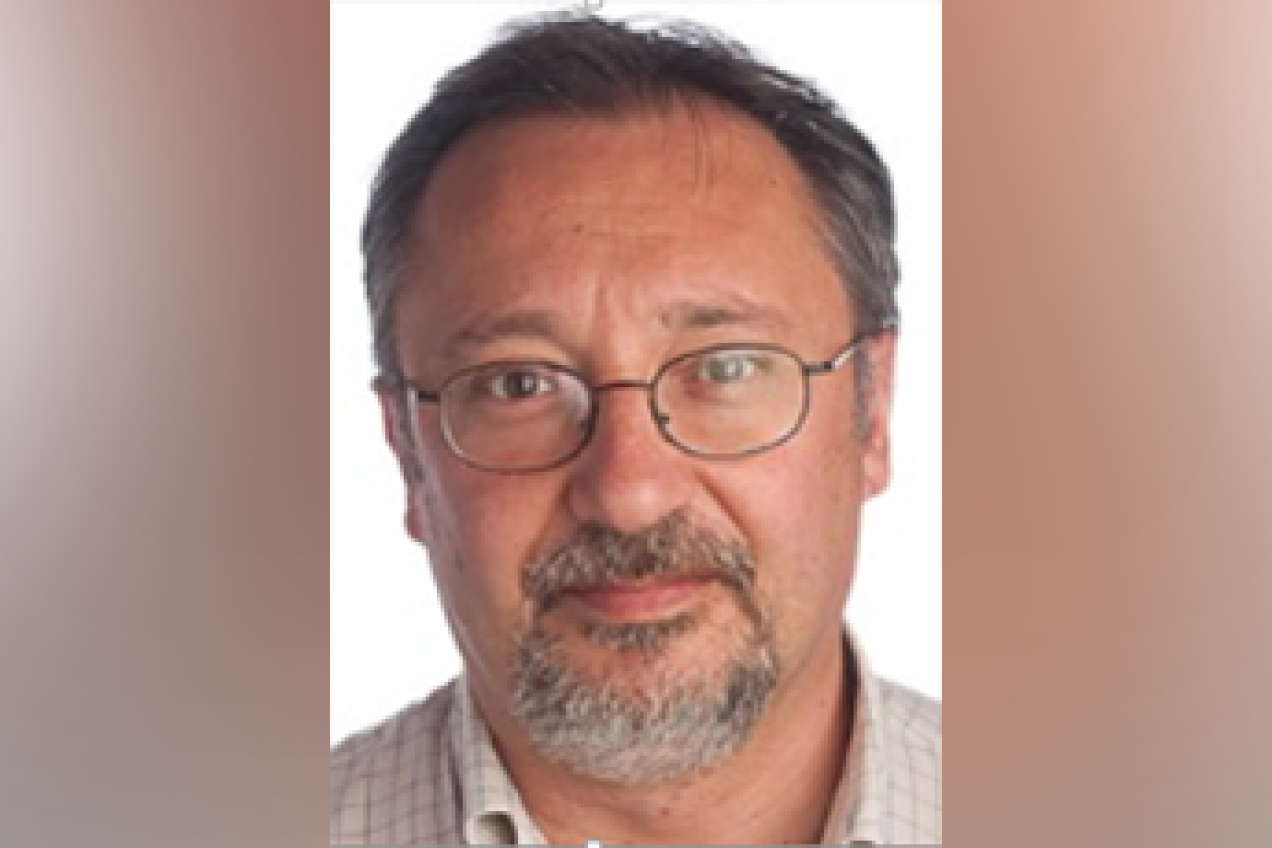
Chairperson
Marco Caresana
Politecnico di Milano (Italy)
Email: marco [dot] caresana [at] polimi [dot] it (marco[dot]caresana[at]polimi[dot]it) -
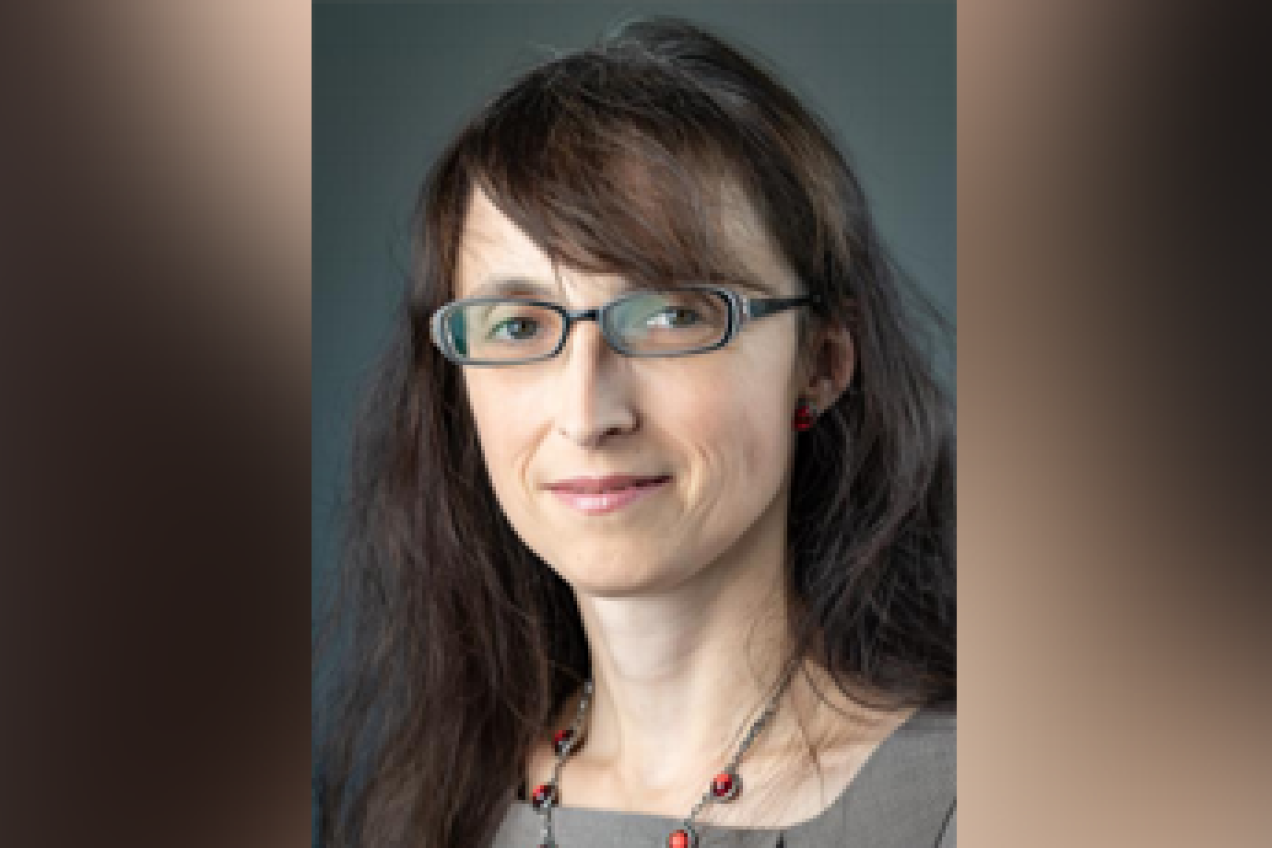
Secretary
Veronika Olšovcová
ELI Beamlines, Inst. of Physics, CAS (Czech Republic)
Email: Veronika [dot] Olsovcova [at] eli-beams [dot] eu (Veronika[dot]Olsovcova[at]eli-beams[dot]eu) -

Membership
Working Group 11 has:
- 37 full members from 10 countries
- 50 corresponding members from 17 countries.
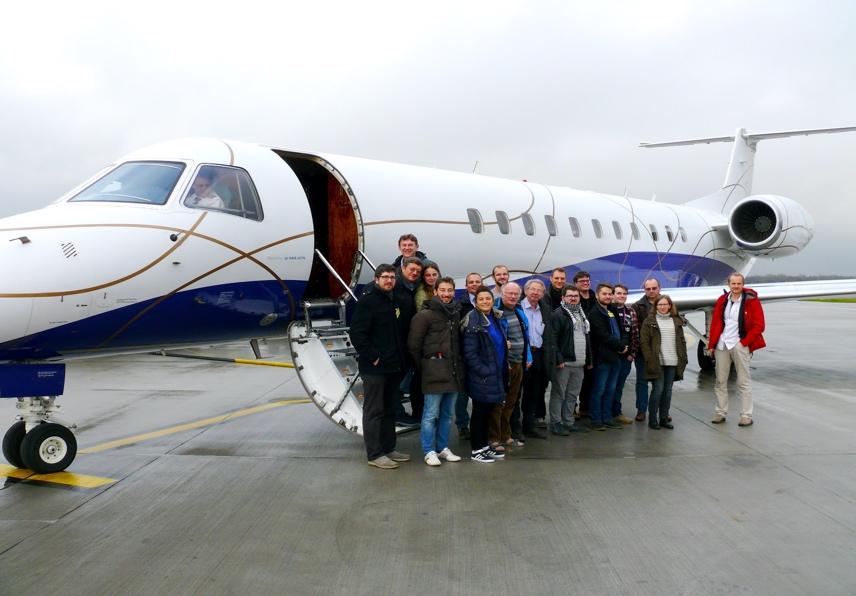
Motivation
The motivation is to increase the knowledge and expertise regarding field characterisation and dose assessment in various activities where high energy and mixed radiation fields are found, like in medicine, research, civil aviation, and space. In addition, the WG contributes to the development of international standards and recommendations (e.g. ISO, ICRU, ICRP).
Aim of working group:
Increasing the knowledge and expertise regarding field characterisation and dose assessment
in various activities where high energy radiation fields are present.
WG11 will contribute by:
- measurement and characterisation of high energy fields for assessment of human exposure and for instrument calibration
- determination of instruments responses in high energy fields, especially in pulsed fields: organisation of comparisons (measurements, simulations)
- comparison of the different systems (instruments, calculation codes) used for high energy field dosimetry
- review of high energy codes and models and their benchmarking
- comparison of codes used to assess air-crew dose due to galactic cosmic radiation
- improvement of the models for dose assessment due to solar particle events and validation with experimental data
- measurement of cosmic radiation at ground level, at aviation altitudes, and in space
- establish and run a network for continuous measurements of cosmic radiation
- assessment of the dose due to solar particle events
- measurement of cosmic neutrons at ground level for climate change variable assessment
- review of existing high-energy neutron reference fields
Task Groups
-

Task 1 - Comparison of Monte Carlo codes using ICRP 103 conversion factors for Radiation Exposure of Aircraft Crew
Task Group leader: Marcin Latocha (Seibersdorf Laboratories, Austria)
-
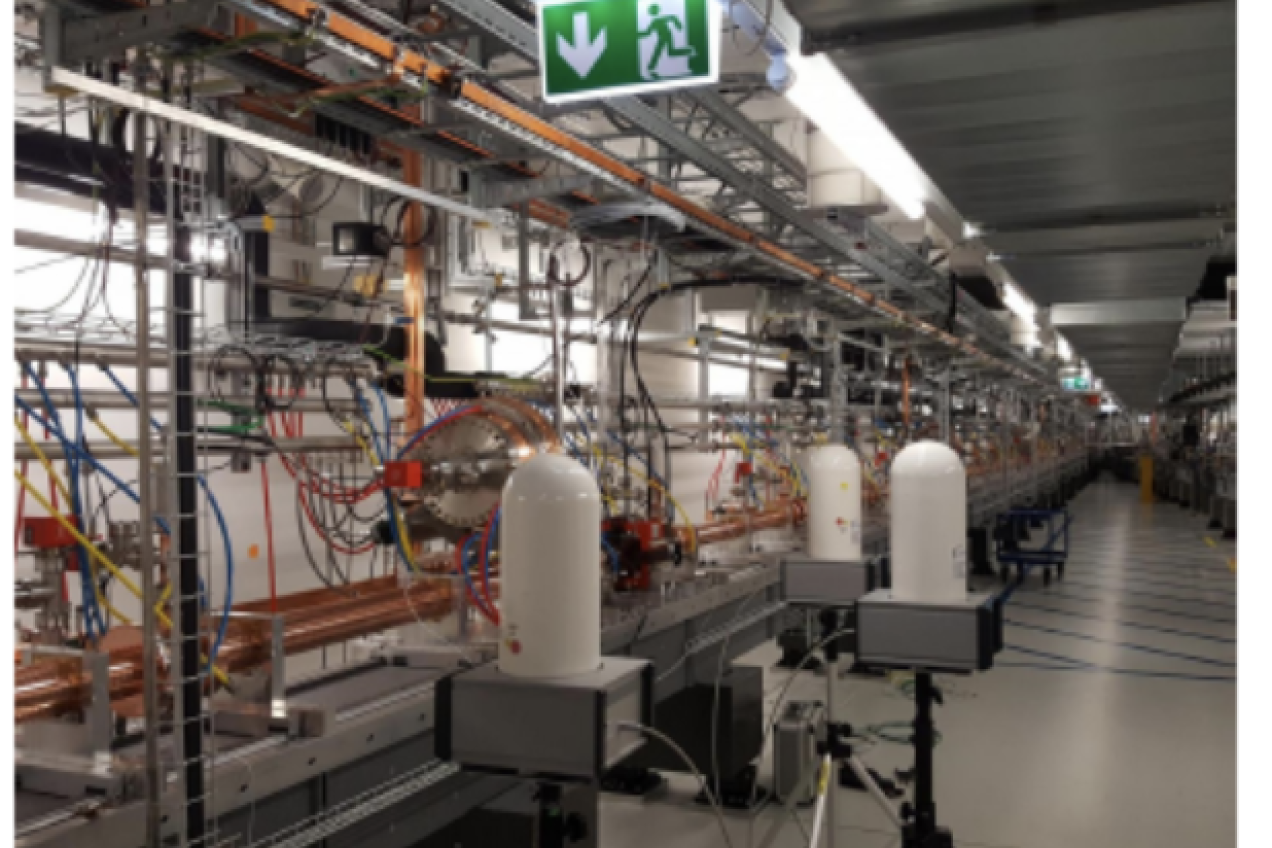
Task 2 - Dosimetry in pulsed radiation fields
Task Group leader: Marco Caresana (POLIMI, Italy)
Study of the response of passive and active detectors at extremely high dose-rate produced by very short and intense radiation bursts.
-
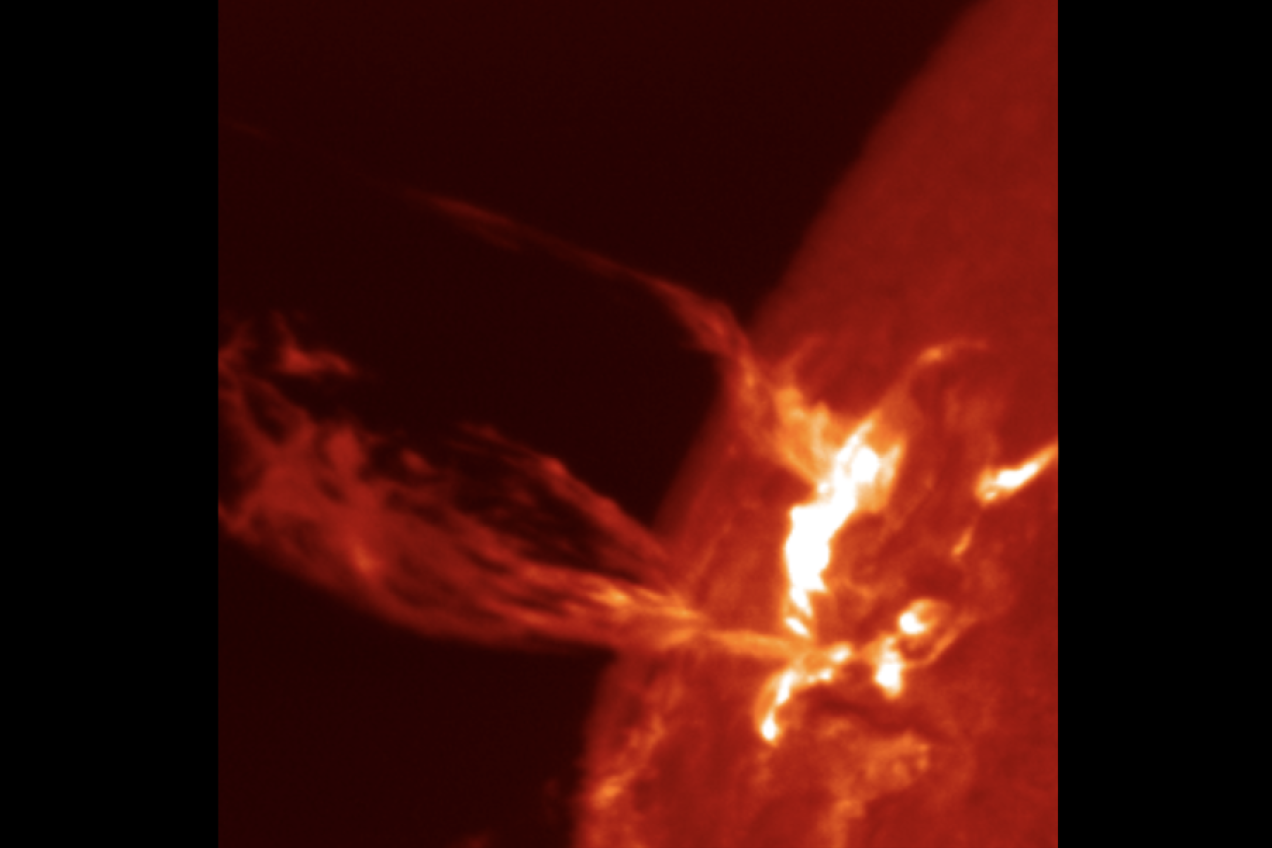
Task 3 - Improvement of the models for dose assessment due to solar particle events and validation with experimental data
Task Group leader: Peter Beck (Seibersdorf Laboratories, Austria)
-
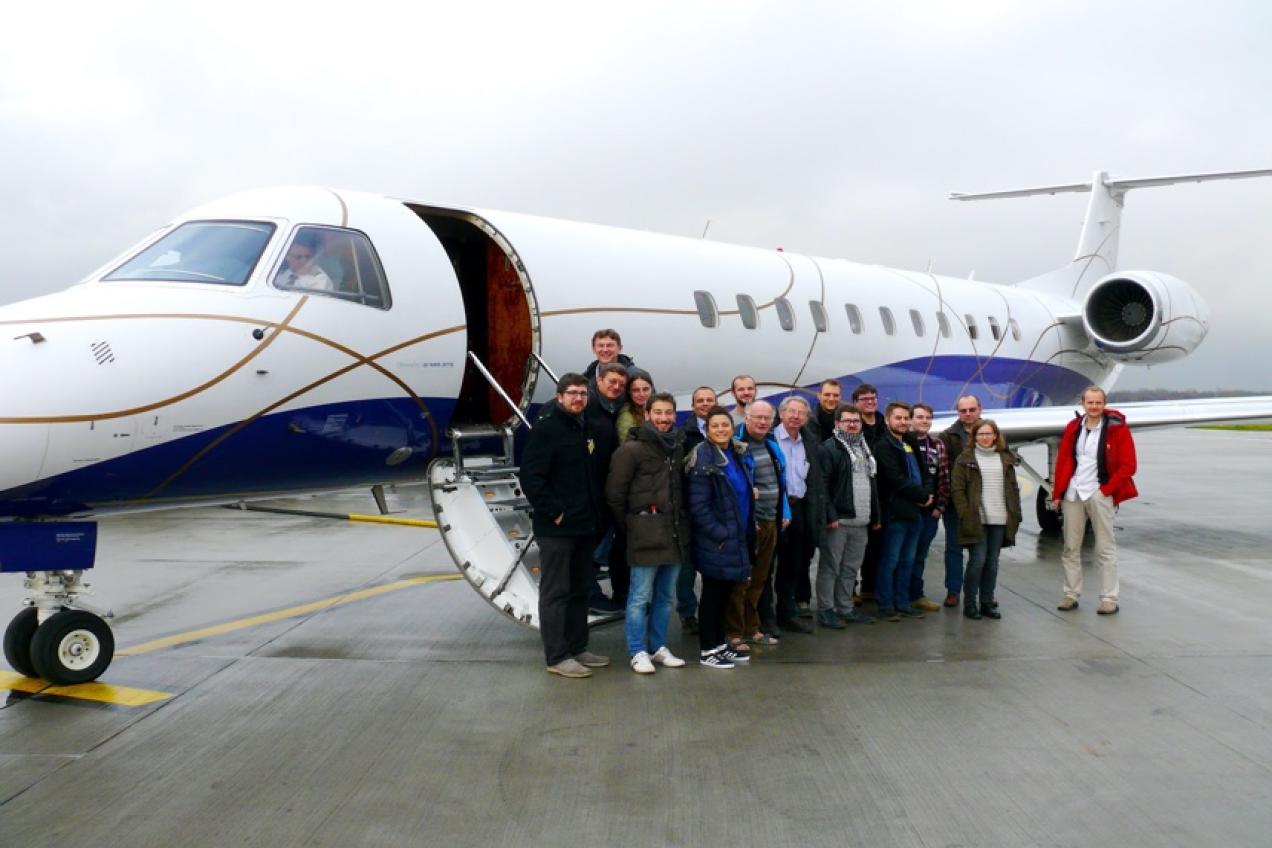
Task 4 - Solar particles events measurements
Task Group leader: Iva Ambrožová (Nuclear Physics Institute of the Czech Academy of Sciences, Czech Republic)
Validation of computer codes used routinely for calculation of the exposure due to cosmic radiation and the observation of nonpredictable changes in the level of the exposure (e.g. due to solar energetic particles) requires continuous measurements onboard aircraft.
Aircraft campaigns are performed to provide measurements necessary for code benchmarking and to calibrate and intercalibrate existing instruments.
-

Task 7 - High energy reference field
Task Group leader: Eike Hohmann (PSI, Switzerland)
Study of reference radiation fields for characterization of radiation protection instrumentation,
in particular for high energy neutrons (> 20 MeV) in different domains: medical, aviation, space, industry, for existing situations and new high-energy accelerator/laser facilities under construction. -
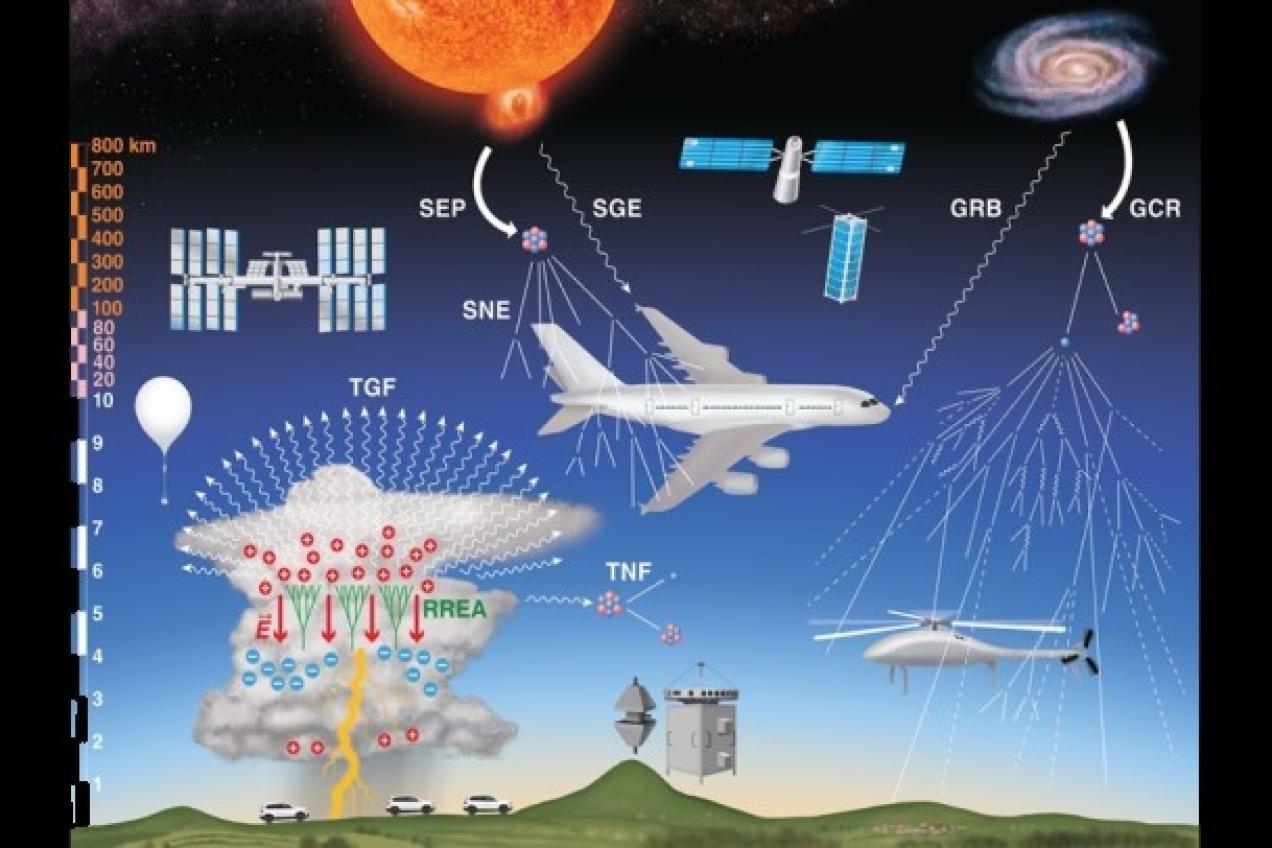
Task 8 - Radiation dose induced by natural electric discharge in the atmosphere
Task Group leader: Ondrej Ploc (Nuclear Physics Institute of the Czech Academy of Sciences, Czech Republic)
New interesting area of high-energy atmospheric physics has been formed: thundercloud (with positively and negatively charged areas) works as a biggest natural accelerator in the world and thus is as a source of ionizing radiation. Several radiation phenomenons have been described:
- RREA – Relativistic Runaway Electron Avalanches
- TGF – Terrestrial Gamma-ray Flashes
- TNF – Terrestrial Neutron Flashes
- GRG – Gamma-ray Glows
- TGE – Terrestial Ground Enhancements
Radiation from thunderstorms can significantly contribute to the exposure of aircraft crew and passengers. Methods for evaluation of radiation risk onboard aircraft from thunderstorm are needed.
-

Task 10 - Operational Procedure for GLE Management
Task Group leader: Peter Beck (Seibersdorf Laboratories, Austria)
The motivation and scope is to propose an operational procedure for radiation protection institutes in case of the appearance of solar energetic particle events (SEP) leading to a ground level enhancement (GLE). Currently, the assessment of radiation dose caused by GLE is treated quite differently, if at all, in the European countries. The result of this task will provide guidance and harmonization with regard to radiation dose determination during solar storm activities.
-
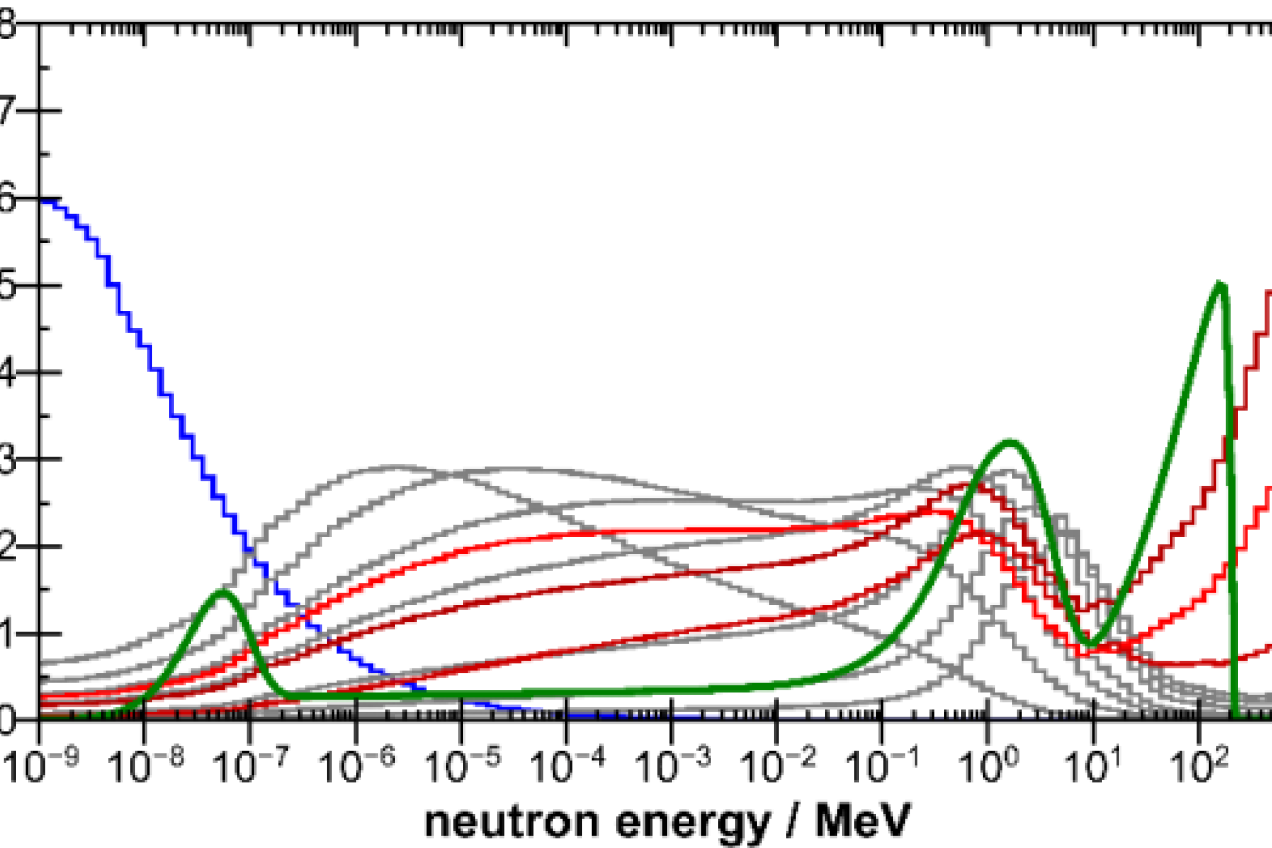
Task 11 - Course on unfolding neutron spectra
Task Group leader: Marcel Reginatto (PTB, Germany)
Increasing demand for Bonner Sphere Spectrometers (BSS) by institutions hosting hadron therapy facilities results in the need to disseminate the knowledge and experience with BSS operation.
The course focuses mainly on few channel unfolding, including practical sessions.
-
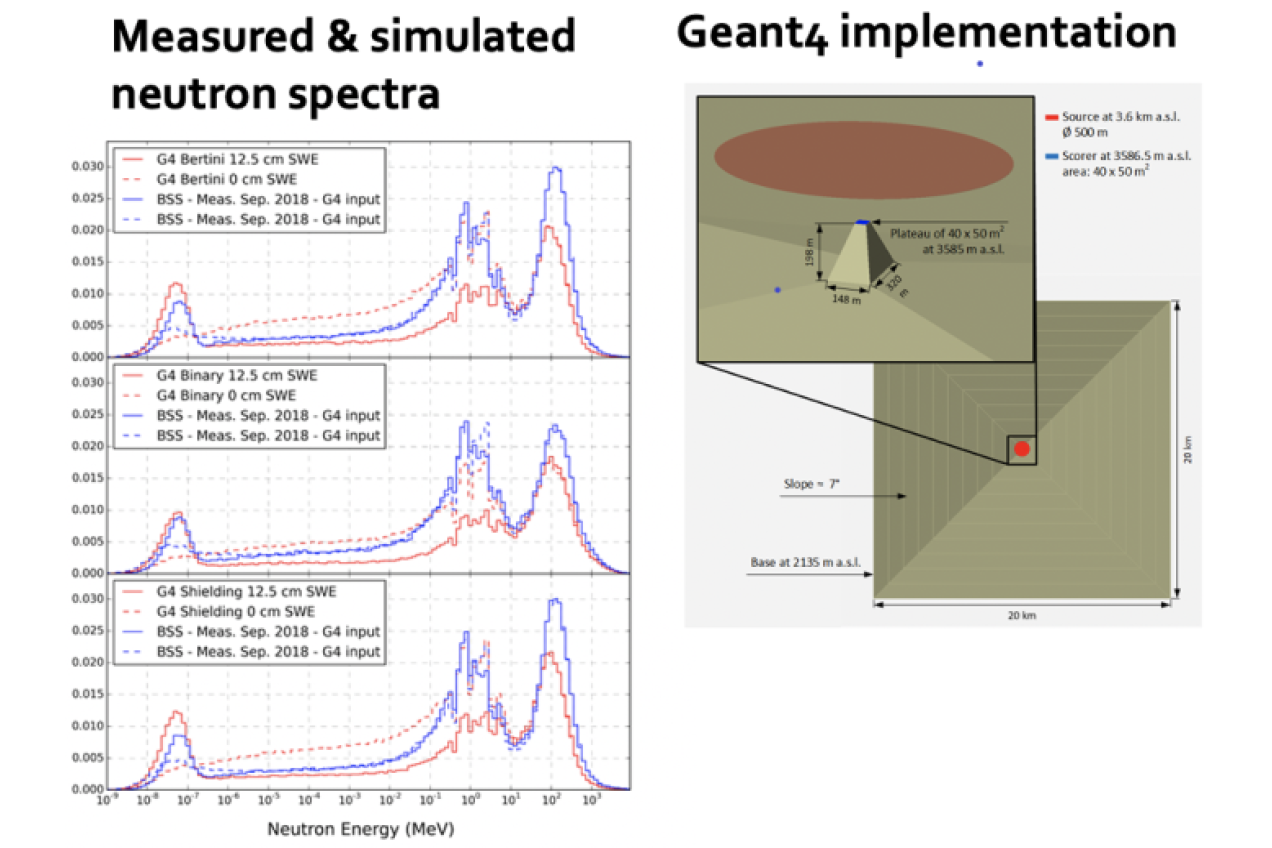
Task 12 - Benchmark of the MC models used for high energy neutrons
Task Group leader: Vladimir Mares (HMGU, Germany)
Common action among WG6, WG9, and WG11.
